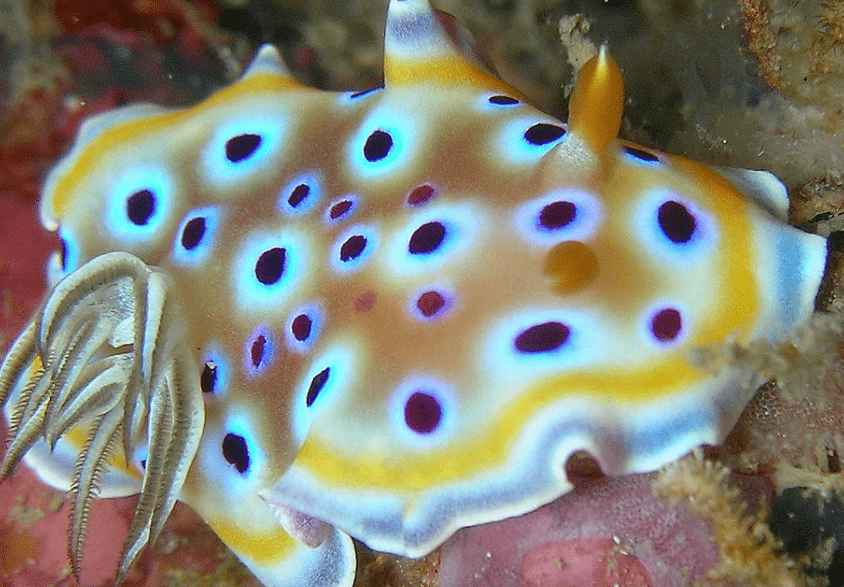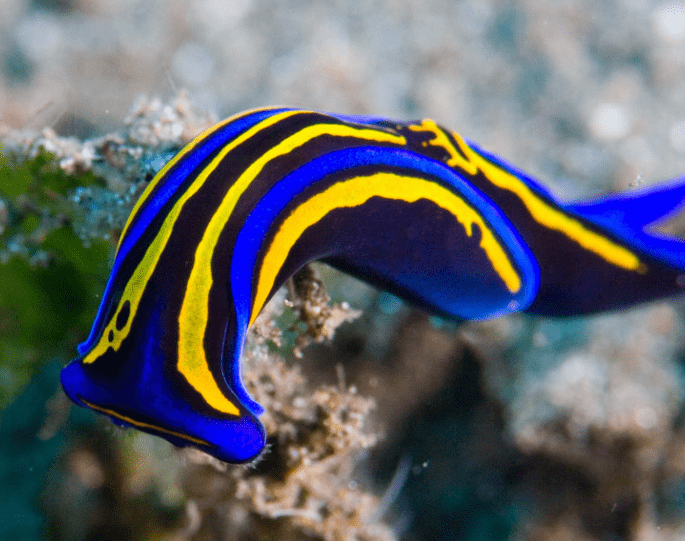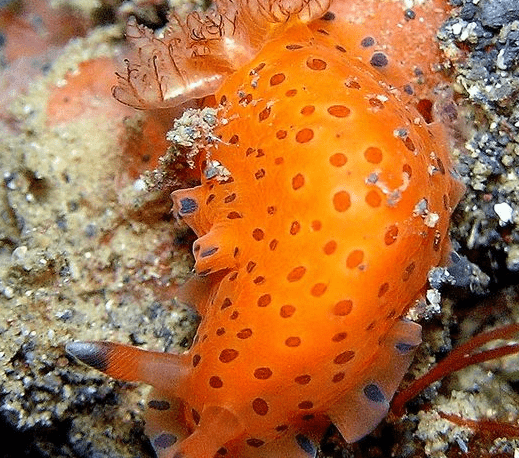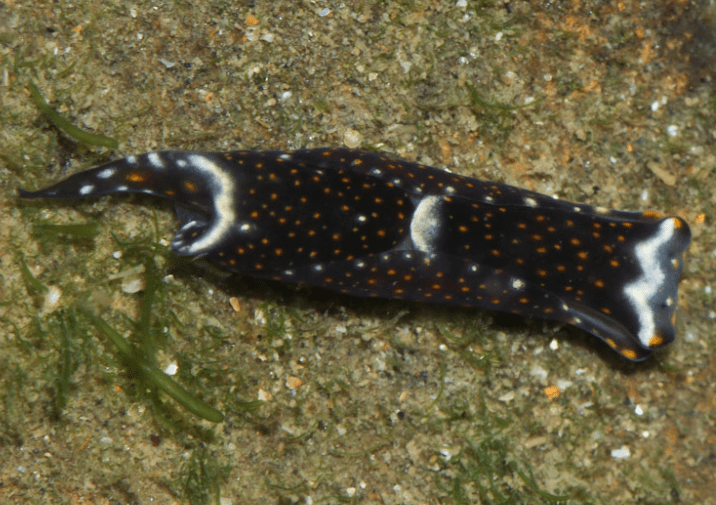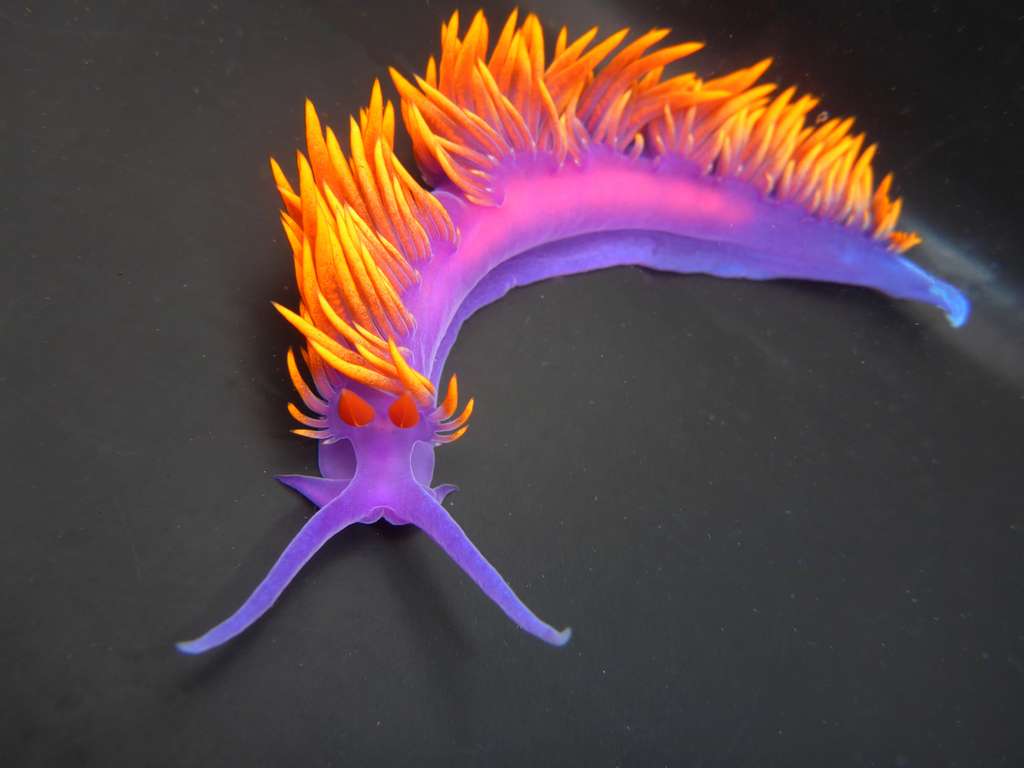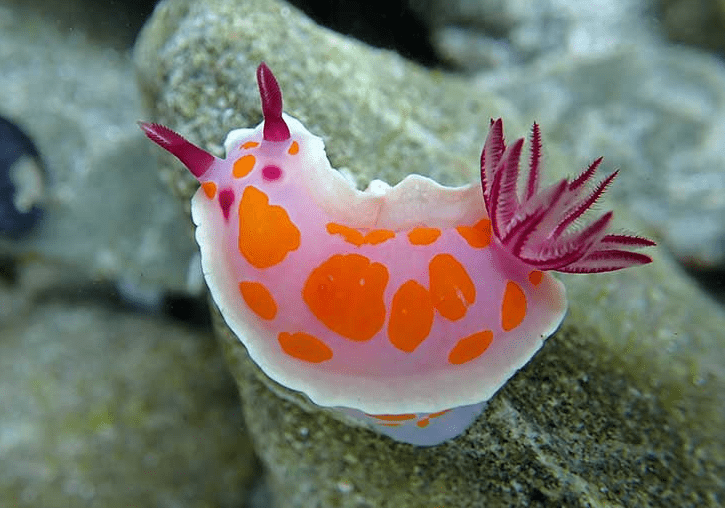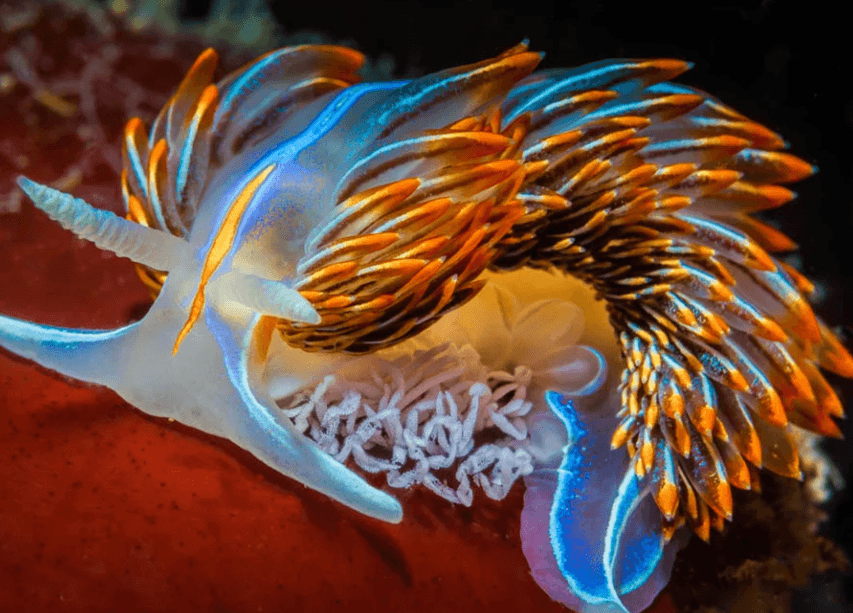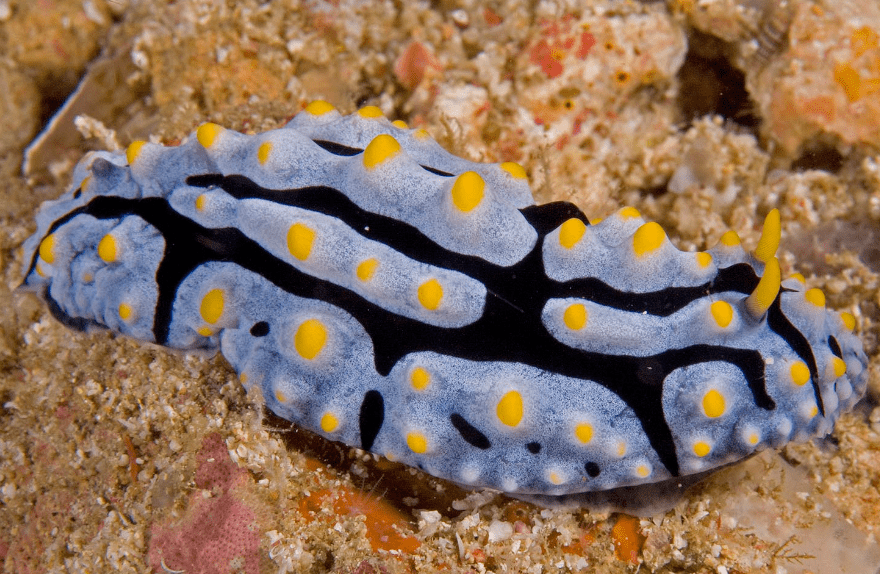Gem Sea Slug
Description Goniobranchus geminus, sometimes referred to as the gem sea slug, is a species of brightly colored sea slug that belongs to the Chromodorididae family of marine gastropod mollusks. The edge of the mantle is surrounded by four recognizable colored lines. A narrow outer line of white, followed by a line of light greyish colour, […]


